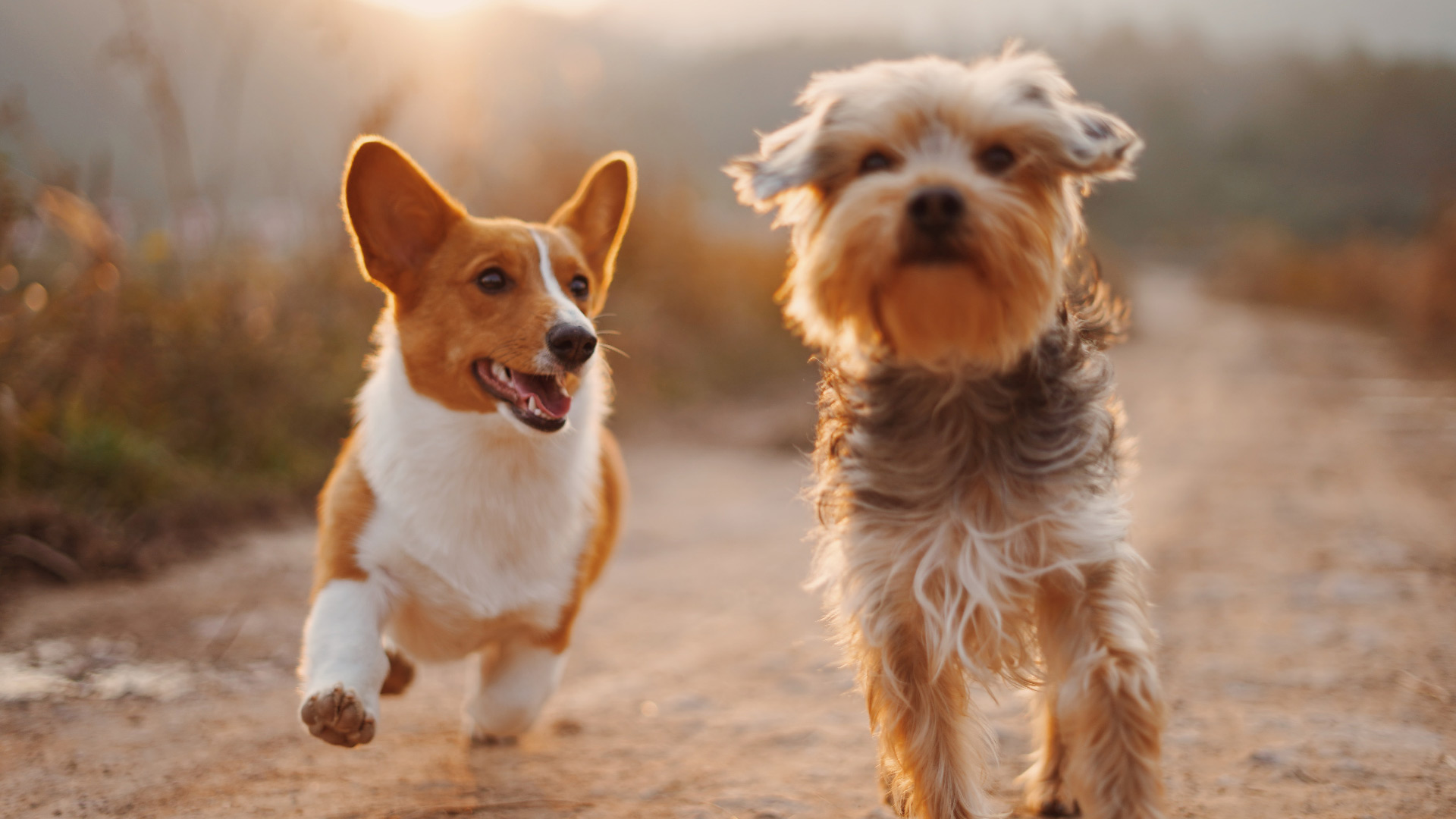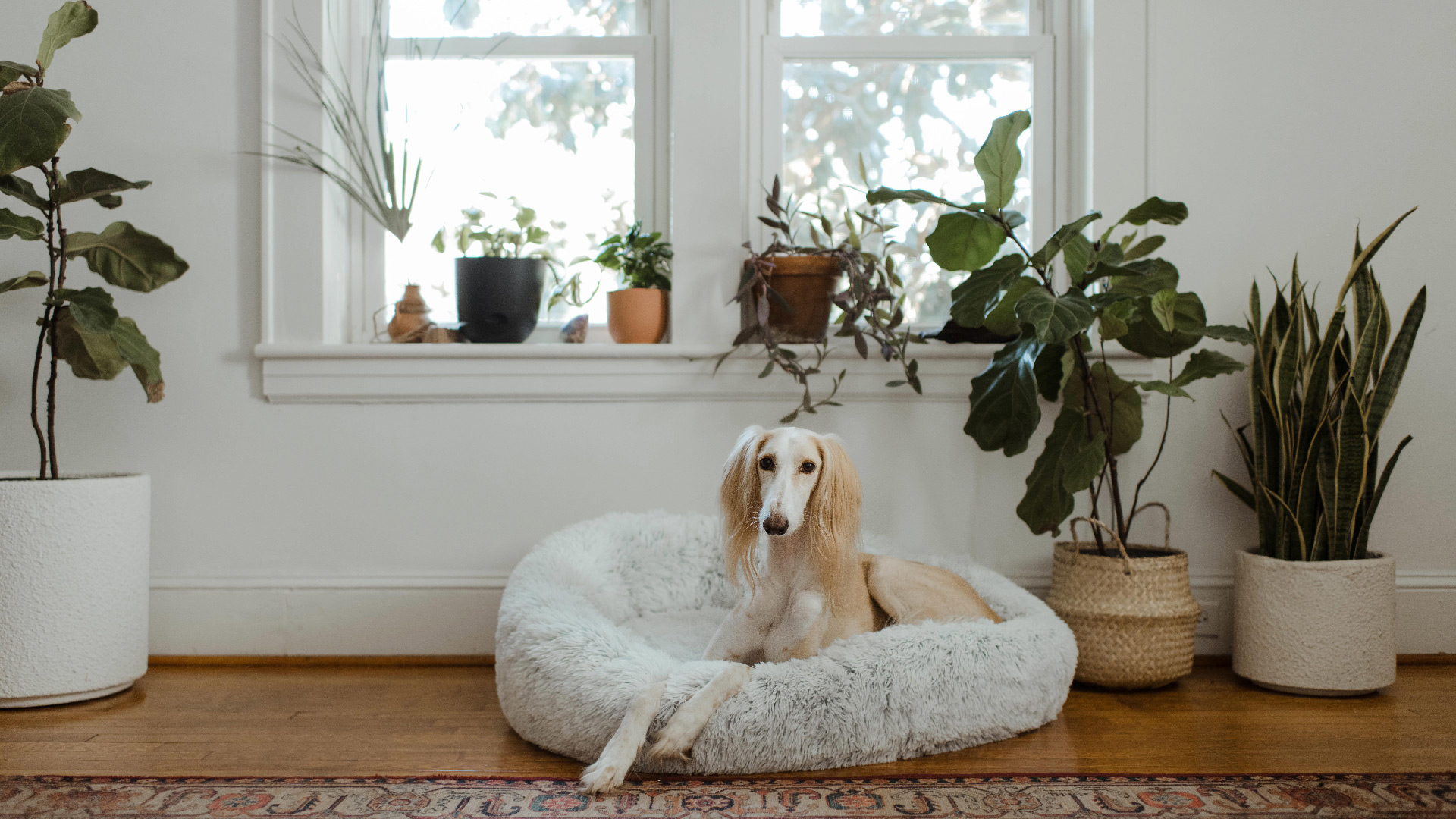
5 Signs Your Dog Is Aging
Do you remember those times when you were traveling with your dog everywhere? Or the moment you first brought him home? There are moments in the relationship of a pet owner and its dog that will remain forever in your memory. The puppy you firstly had has now grown up into an adult one. Unfortunately, no matter how much we want, dogs do not stay puppies or young forever.
Dogs also show signs they are aging, just like humans or other animals. Aging is a natural process that happens in any living organism, and that cannot be stopped. Depending on your dog breed, it may show signs of aging sooner or later. But they all display kind of the same aging symptoms. Here are 5 signs that say that your dog is aging.

Activity Decrease
One of the most common signs that dogs are aging is a decrease in activity. Of course, this also depends on your dog’s age. Some dog owners often think that their dog is bored and not entertained, so this is why all he does is lay around. But this is not always the case.
As the years pass by, your dog is getting older. He will not be the same playful and enthusiastic puppy. He will not find any pleasure in running around the house or going on a hiking trip. And this might happen because your dog has joint pain. Arthritis is a common problem in aging dogs that prevents them from getting enough exercise. If all their body hurts when they are moving, why would they try to do it at all?
This might lead to other health issues such as weight gain. It is therefore important to ask your veterinarian about a diet and exercise plan for your dog. You can change the games you are playing with him and adapt them to his condition. But taking good care of your dog when aging is important.
Urination Increase
As Mike F., an essay writer for you, highlights, dogs and humans have similar problems when aging. We have talked about arthritis; now, the next sign would be urination increase. This is a health issue that might appear not only in senior dogs but in middle-aged ones too. It is, therefore, important to pay attention to your dog’s behavior to see any changes. Unfortunately, dogs can’t talk and tell us when they are not feeling well.
Detecting urinary behavior changes in your dog is important. This is one of the problems that can be treated with medication, so asking your veterinarian for help is essential. Because you can help your dog suffer less when aging and have fewer health issues associated with it.

Vision
A not so clear vision is another sign that your dog is aging. Since your dog can’t talk with you, you need to pay attention to his behavior. It is important to ask your veterinarian for prevention measures, especially if your dog is middle-aged.
In senior dogs, you might notice changes in their behavior. For example, with impaired vision, they will bump on things or will miss the ball when you fetch it. How to better identify if your dog’s vision is impaired? Besides changes in his behavior, you could look for any changes in eye color or pupil. Many senior dogs that go blind change their eyes color, and the pupil appears whiter. If you notice any changes in your dog’s vision, go to a veterinarian.
Skin and Fur
It is easy to notice senior dogs because, like humans, dogs also have their fur whiter as they age. Other aging problems might involve skin problems such as lumps or bumps. Whenever you are stroking your dog, pay attention to what you feel. These skin conditions appear as they grow older, and some of them might turn out to be deadly. These masses might be cancerous, so if you discover that your dog has one of these, ask your veterinarian for help.
Most surely, he will take a sample from that mass and analyze it to determine its danger. Depending on the result, he will propose treatment options. If the mass is cancerous, your dog will most probably need to go through surgery.
Teeth and Breath Problems
The last sign you will notice when your dog will be aging is oral problems. Senior dogs have problems with their teeth. Some start losing them, which will make eating more challenging and painful. It thus needs a diet change and to adapt the food you feed your dog to, to his teeth condition.
Oral problems appear as your dog is aging, and the first sign might be a change in odor. All pet owners love petting their dogs and exchanging kisses. And any change in odor will be among the signs you will identify rapidly. Besides teeth loss, tartar or abscesses are other oral issues you should be worried about. If your dog loses his ability to eat, it will be difficult to keep his energy levels high. A veterinarian can help you anytime with advice and suggestions, as well as surgical interventions when needed.
Conclusion
These are five of the most common signs that your dog is aging. All signs can usually be noticed in humans, too, and this resemblance seems to strike every pet owner at first. Senior dogs can have many health issues, some of which can be prevented if identified early.
Among these are skin conditions and lumps you may feel when petting your dog. Some of these masses can turn out to be cancerous, and an intervention is needed. Besides these skin problems, the fur of your dog will get whiter, and he will have dental problems and an odor change.
Moreover, his vision might begin to be impaired, and he might develop kidney problems. Lack of activity might be due to joint pain, so adapting to your senior dog is essential.
Author Bio: Jessica Chapman is a writing editor from Chicago. She currently works at assignment help Australia where she coordinates the assignment service on veterinary topics. She is into sport and politics, enjoys traveling. Jessica’s favorite topics are psychology, pets, and the benefits of owning a pet.










